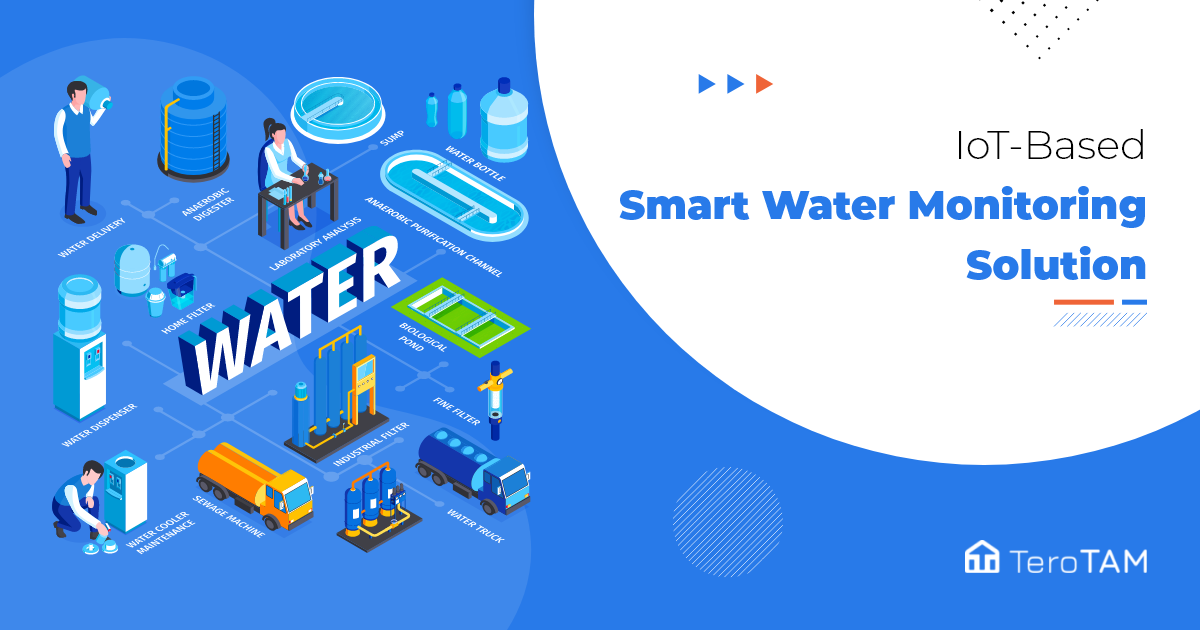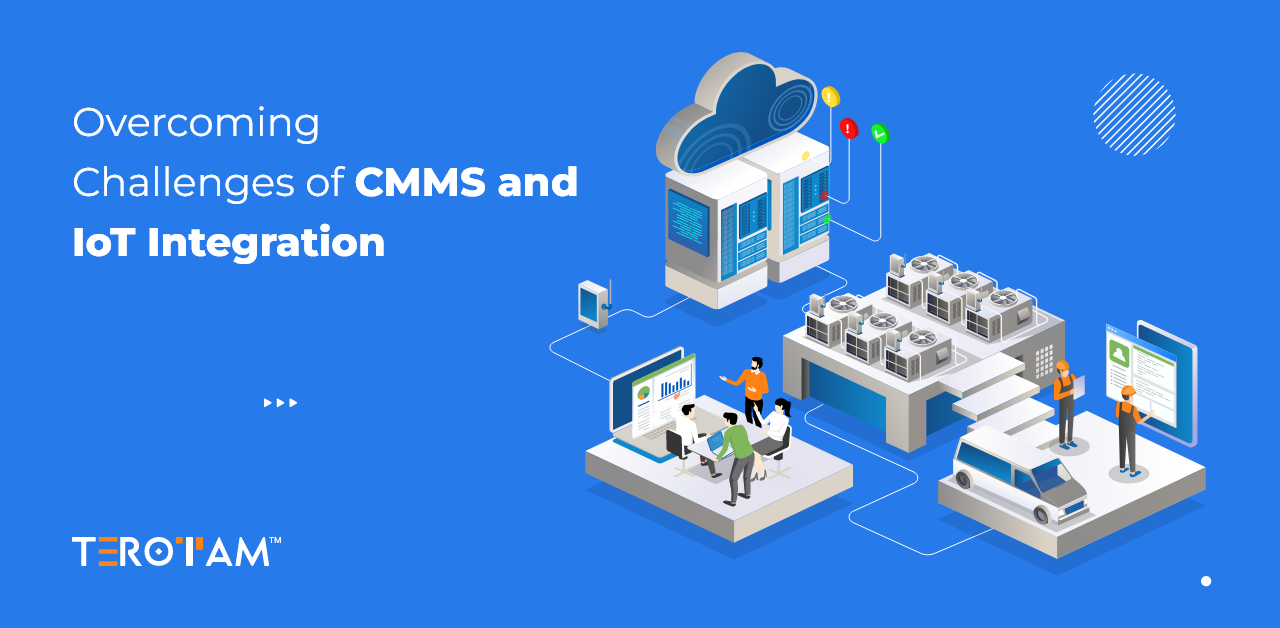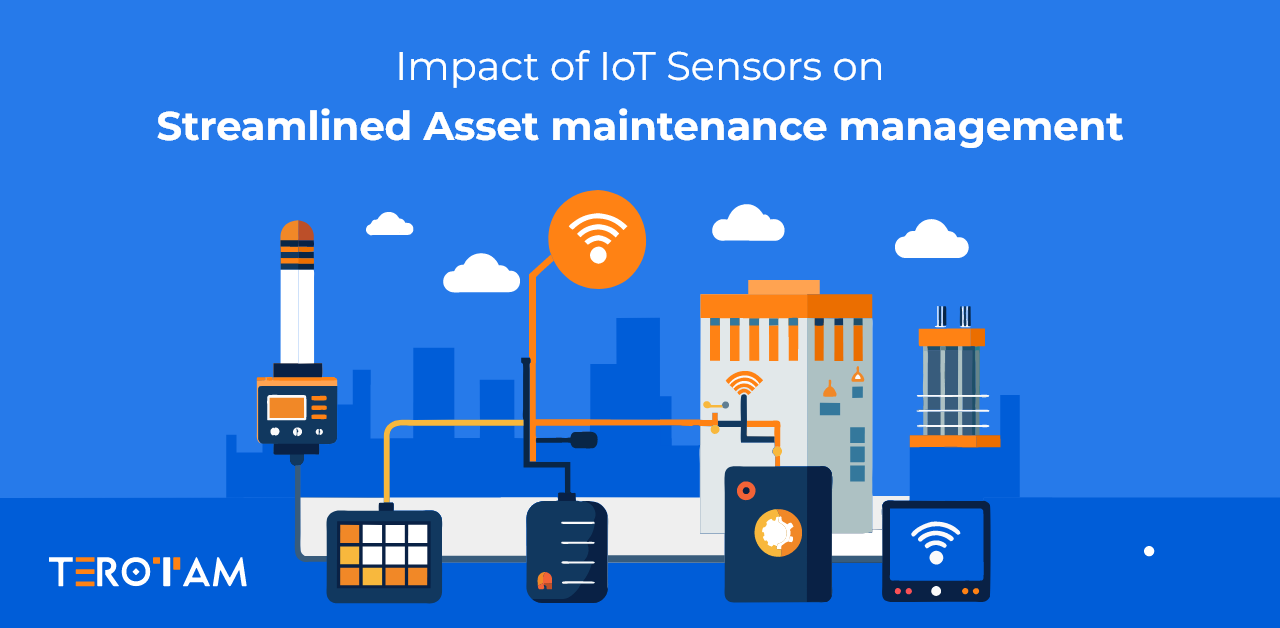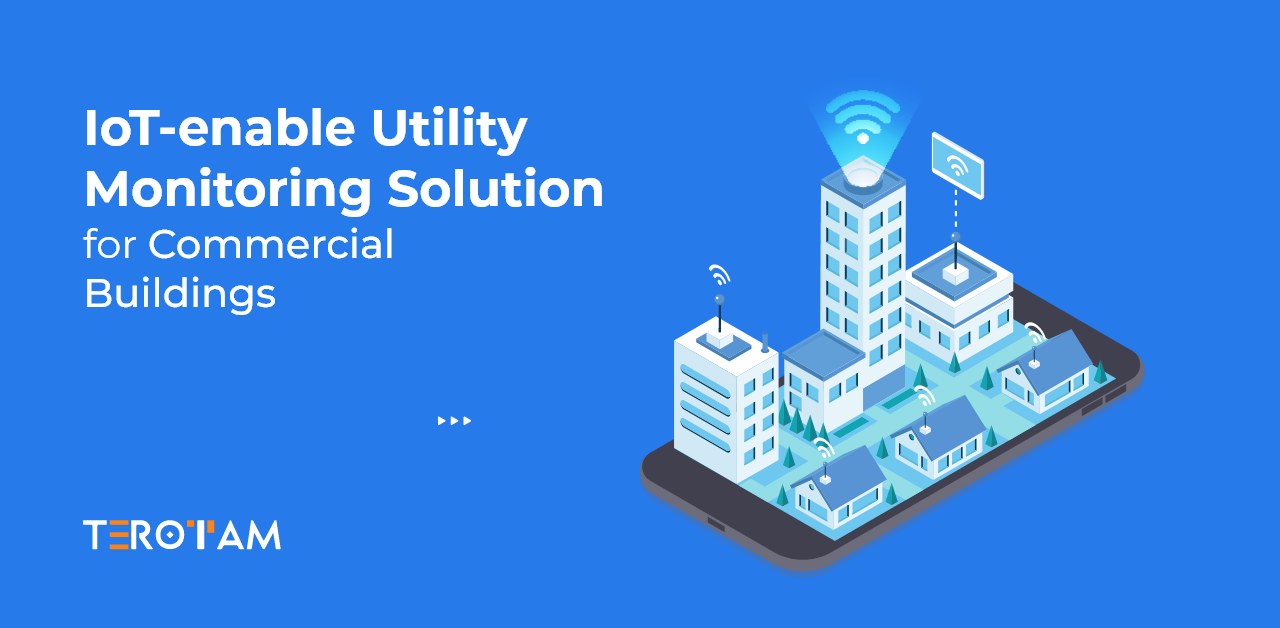Water is without a doubt the most important resource in our world. Without it, life will cease to exist and will almost certainly collapse in a matter of days. Not only is it in everyday life, but its use in industry aids in the creation and refinement of other resources and goods that are necessary for our survival and sustainable living.
For decades, though, humans have been plundering this valuable resource. Only 2.5 percent or even less of the 71 percent water that covers the Earth’s crust is acceptable for drinking. This has had serious effects in terms of rising pollution concentrations in freshwater bodies as well as water scarcity in various parts of the world.
Freshwater sources are disappearing at an unmanageable rate, and there is now no other option for improving the situation except to monitor and maintain the best possible quality of water bodies. However, water quality measurements are currently done manually, which presents a number of issues.
Drawbacks of Manual Water Quality Monitoring
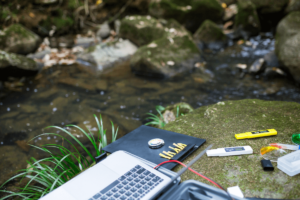
Manual water quality assessment methods, in addition to being time-consuming and costly, also present the following issues:
- Human beings are prone to making blunders and errors. As a result, when water quality readings are performed manually, errors are more likely to occur.
- If the readings are erroneous or faulty, the data quality suffers. Furthermore, deriving useful insights from this data requires a significant amount of time.
- Manual water quality readings have low efficiency and cost-effectiveness since they take a lot of time and effort.
- The workers must have sufficient training and education in order to be prepared to take on-site readings.
- Manual inspection of probes and sensors wastes a significant amount of time that could be better spent on reading procedures.
Objectives of IoT-based Smart Water Management
The basic goal of smart water management is to use and recycle water resources in a fair and sustainable manner. Water is becoming an even more valuable resource due to rising population, environmental concerns, and strain on the food and agriculture sectors.
Water management technologies and activities aim to achieve the following goals in this regard:
Reducing Water Wastage
Reduce the amount of water wasted in agriculture, industries, and electricity generation. It entails the adoption of high-tech agricultural practices such as precision farming, smart irrigation, crop water management, real-time water metering, and other Internet of Things applications.
Improved Quality of Waters
Improve water quality and protect it from contamination from chemical waste and natural pollution like acidification. Companies employ sensors and IoT technologies for real-time monitoring and control to improve and maintain water quality.
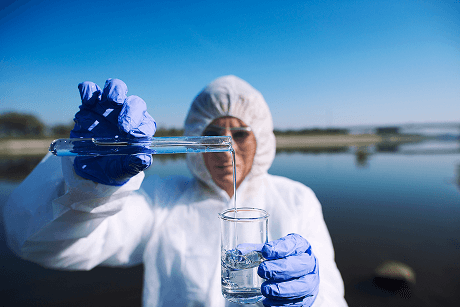
Enhance Efficiency of Water System
Water systems such as water collectors, treatment facilities, distribution mains, and wastewater recycling centers can all be made more efficient. Companies may use IoT and data solutions for asset management to maintain crucial parameters like water pressure, temperature, and flow close at hand, incorporate predictive maintenance, and reduce equipment damage and downtime.
Practice Leakage Control
Smart water management systems with leak and moisture sensors can be used to control leaks. Leakage control is critical to protect water resources and budgets, as about $3 billion is spent each year to repair the damage caused by leaks.
Implement Consumption Monitoring
Use IoT-based water management technologies to track your consumption. It aids in the optimization and management of water resources at various levels – families, towns, countries, and the entire globe.
Benefits of IoT-based Water Management System
Transparency
One of the most significant advantages of IoT-based smart water management is the increased transparency of all activities in the water supply chain. Different stakeholders gain valuable insights into their resources and system performance thanks to data collected across the supply chain. As a result, they are better equipped to make informed decisions about how to improve their operations.
Immediate Reaction
Another advantage of combining intelligent water management systems is the capacity to detect or even foresee problems and respond quickly to limit harm. Real-time monitoring of water quality and chemical composition, for example, enables for early detection of even minor pollution and prompt treatment before it becomes problematic.
Human Resource Optimization and Automation
Managers can employ IoT water management systems to partially or entirely automate some procedures and maximize the utilization of human resources. The degree and scope of automation vary depending on the industry and individual company requirements. Smart water supply firms and utility networks, for example, can use linked meters, real-time monitoring systems, and dynamic pricing models to automate the full lifecycle of providing water to customers.
Cost-Cutting
Automation, better human resource utilization, a data-driven strategy, and a proactive approach to equipment maintenance and resource utilization all add up to significant cost savings. One of the reasons why water firms are investigating the use of IoT in water management is to minimize long-term operational costs.
Sustainability
Many retrofit and innovation initiatives, not just in the smart water industry, but in any other area such as energy, construction, logistics, and so on, have sustainability aims at their core. Smart water technologies are no longer viewed solely as a source of cost savings and increased efficiency, but as a means of achieving a variety of environmental goals, including decreased carbon footprint, pollution, and, most importantly, water preservation.
Forward-Looking Strategy
When it comes to water conservation, smart technology benefits not just businesses and consumers, but also researchers working on long-term water conservation initiatives. Researchers may develop data-driven strategies for optimizing the use of water resources for the benefit of communities, ecosystems, and the entire planet using data provided by water supply management and other connected systems along the supply chain.
Real-life Applications of IoT-based Water Quality Monitoring Systems
The Internet of Things has enabled the development of smart water quality monitoring solutions that are changing the way different industries operate. The following are some of the industries that could profit from the installation of these systems:
1) Utilities (water)
Water suppliers and utilities must ensure that consumers have access to nutrient-rich water for drinking and other purposes. Utilities can monitor the quality of distributed water in overhead tanks and even pipelines by implementing IoT-based water quality measurement solutions.
2) Agriculture
A good yield of agriculture production necessitates optimal water quality. The sensors and probes can be used to discover contaminants that may impede the growth of the crop being grown. Farmers will be able to improve their irrigation operations and assure a high yield of healthy crops as a result of this.
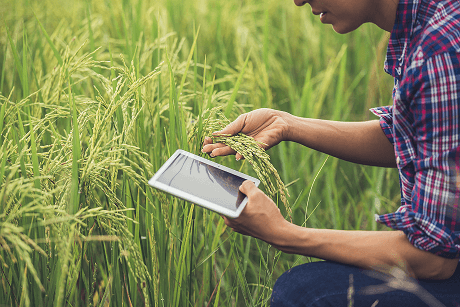
3) Wastewater Treatment
Before being discharged into a freshwater body, wastewater must be treated and managed. Temperature, turbidity, and TDS must all be monitored to ensure that the water has been appropriately treated before being released. The use of IoT in a smart water quality monitoring system optimizes inspection procedures and thereby reduces the need for manual intervention.
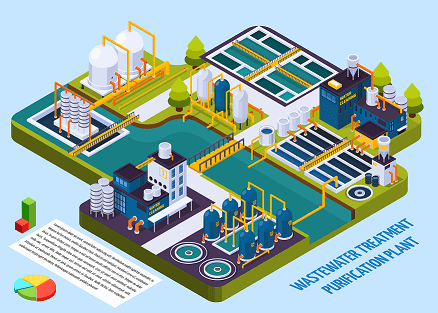
4) Manufacturing Units
Chemicals and other hazardous fluids are frequently discharged into rivers by production and manufacturing enterprises. As a result, strict regulations are imposed on them to ensure that no harm is done to aquatic life. As a result, factories can utilize real-time water quality monitoring to ensure that the imposed rules are followed.
Things to Remember
The method of measuring water quality can be done automatically from far away locations via advanced telematics using Internet of Things technology. Water quality systems have several applications in various domains and will, as a result, transform the way these industries work. To find out more about IoT-based Water Management System connect with us at contact@terotam.com and get started today!


